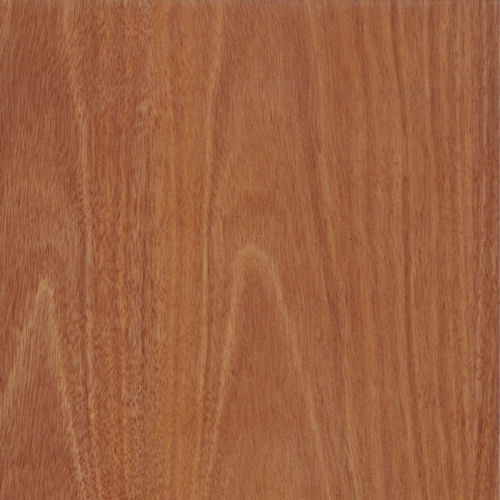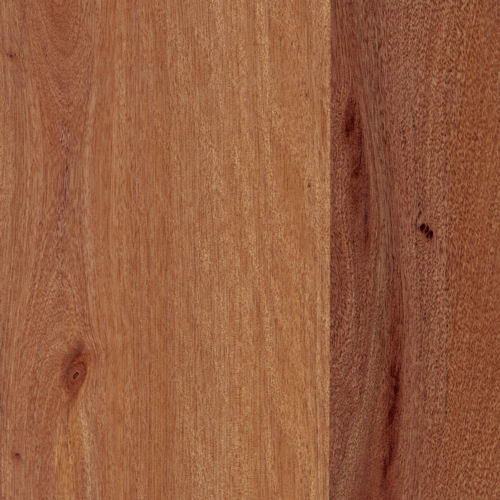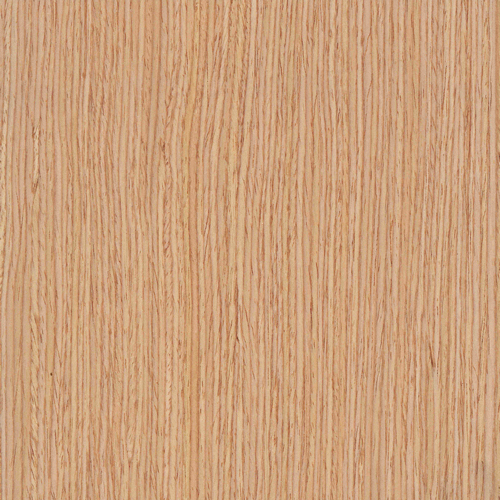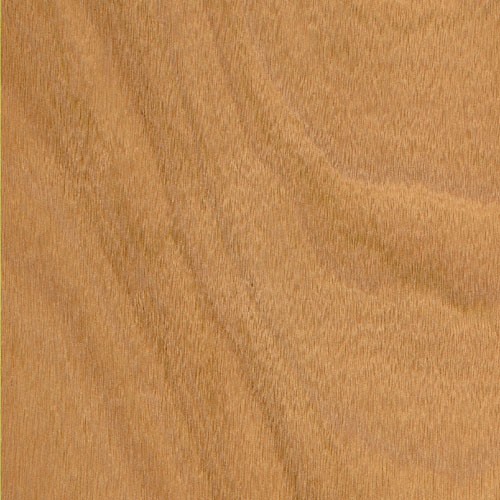Ohia
[Metrosideros polymorpha]
The most abundant and widespread tree in Hawaii, Ohia is one of the first species to colonize new lava flows, offering vital watershed protection to the evolving landscape. Commonly referred to as simply “Ohia,” you may see it by its formal name: ‘Ohi’a Lehua. With “Lehua” referring to the beautiful, red, orange, and yellow brush-like flowers the plant produces, and “Ohi’a” being the tree itself.
But, according to Hawaiian folklore, there’s a more romantic origin of the name. Ohia and Lehua were young lovers, and the volcano goddess, Pele, fell in love with Ohia, the handsome warrior. But he rebuffed her amorous advances, so she turned him into a tree. Out of pity for the devastated Lehua, the other gods turned her into a flower and placed her upon the Ohia tree, so they could be together forever.
In reality, Ohia is a variable and unusual perennial, evergreen. Varying greatly in height, it can be anything from a low-growing shrub to a towering, 100-foot tree. And, no surprise, it’s the latter that produce the beautiful, tropical island wood.
While the heartwood of Ohia ranges from a distinct dark brown to reddish cast, it’s greyish sapwood is ill-defined. The grain is interlocked, with a medium uniform texture, and a moderate natural luster.
All together, Ohia gives you a warm, inviting island vibe. Which makes for beautiful wood veneer, architectural plywood, furniture, flooring, and turned objects.
Species Distribution:
Hawaii
Common / Alternative Names:
Ohi’a Lehua
Janka Hardness:
2,040 lbf
Sustainability Status:
CITES Appendices: Not listed
IUCN Red List of Threatened Species: Not listed










